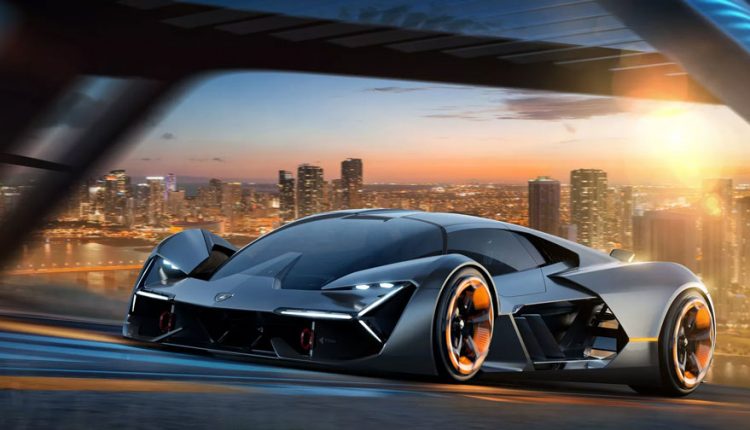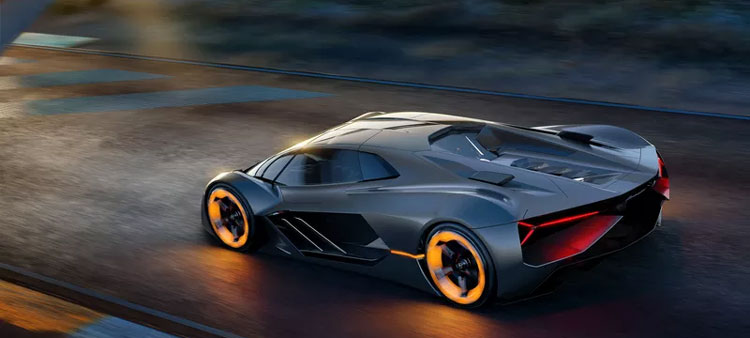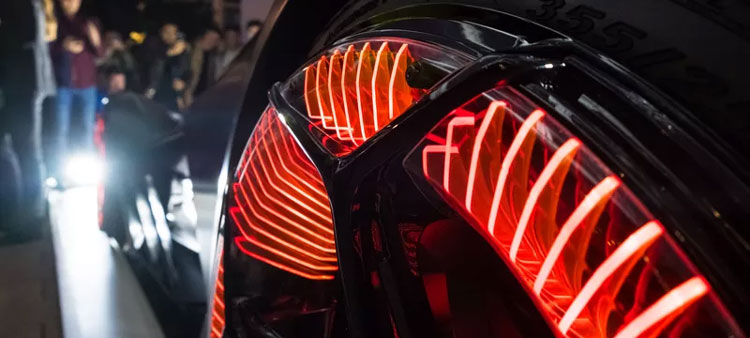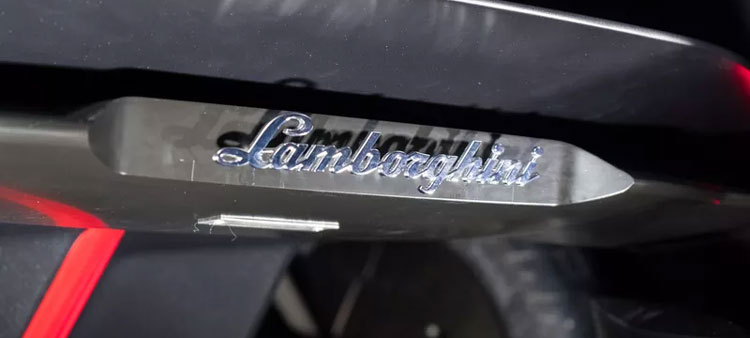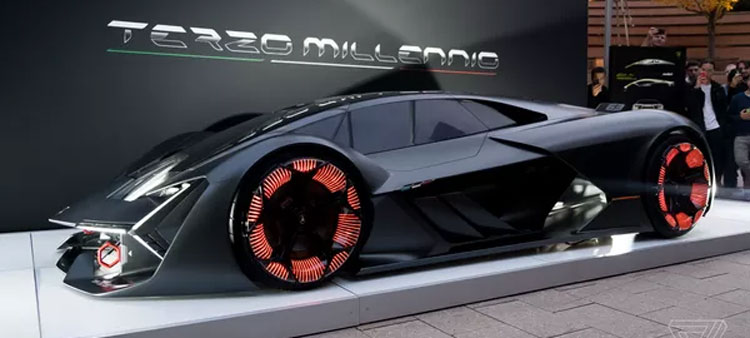Terzo Millennio concept electric hypercar is unmistakably Lamborghini
This is not a box on wheels.
The newest, most outrageous, ‘super extreme’ idea from Lamborghini is a box. Well, metaphorically. The Italian supercar giant unveiled a new slice of its future today with the Terzo Millennio, an electric hypercar concept with some really bold ideas under its hood.
But the Terzo Millennio is more than just a beautiful (and for now, completely static) thought experiment that Lamborghini revealed in the cool Boston air on Monday. It’s also the name of the unique project in partnership with MIT that is bringing the concept car to life.
More abstractly, it’s a box for the biggest, boldest, and maybe even potentially heretical ideas to escape the minds in both Cambridge and Sant’Agata Bolognese over the next few years. You see, Lamborghini is at a crossroads. (Sorry.) The automotive world is going increasingly electric, or at the very least hybrid. There is even talk of robots doing the driving.
And Lamborghini? Well, its customers aren’t necessarily into that. “You don’t normally buy a sports car to have it driven by a computer,” said Alessandro Farmeschi, the COO for Lamborghini America. Maurizio Reggiani, the company’s director of R&D, continues the thought. “If you ask one of our customers, do you want to have a chauffeur? No.”
The same goes for what powers the cars, Reggiani added. “For [the customers], the number of cylinders is fundamental, [just] like horsepower,” he said. Despite what you might think, Lamborghini customers do like ‘tech’ inside their cars, according to Reggiani, but not the kind that takes away the fun of driving, or — heaven forbid — the sound.
Balancing all this can be tough, though, because Lamborghini can’t appear to be falling behind; after all Lamborghinis are about leaving everyone else in the dirt. Hence, the Terzo Millennio, which translated means Lamborghini of the “third millennium.” “It’s, really, a box that we want to put all that’s necessary” for Lamborghini to eventually compete in a world full of smart electric vehicles, Reggiani said.
So what does that box look like so far?
As distant from a boring rectangle as is humanly possible.
First of all, for all its concept-y scoops, slants, and edges, the Terzo Millennio is unmistakably a Lamborghini, especially when you look at it dead on from the side. But step one way or the other and you start to see aerodynamic holes in the body work that would make the Ford GT’s designers blush.
Then there’s the waterslide windshield, which sweeps from the top of the car practically all the way down to the badge on the hood. Slits of white lighting at the front create the implication that Lamborghini is thinking about going electric, even if it swears the possibility is still just that — a possibility.
Meanwhile, the car sits so low that the orange-tinted wheels look like they’d be spinning next to your eyeballs as you zoomed away from (or toward?) the post-apocalyptic sci-fi scene the Terzo Millennio looks like it belongs to. “The car is super extreme,” says design boss Mitja Borkert, who came over from Porsche last year. “The car must have a wow factor… otherwise we have failed.”
“The car must have a wow factor… otherwise we have failed.”
Replacing lithium-ion batteries
But the most outrageous ideas that Lamborghini has put in this box so far aren’t the ones that hit your eyeballs and drop your jaw. It’s that they’re working with MIT professors and students to figure out how to use supercapacitors in a way that simultaneously captures and releases energy, and investigating ways to build the car’s body and components with carbon fiber nanotubes that can act as (and maybe one day replace) the lithium-ion batteries that power today’s electric cars.
There are some other wild ideas being talked about already — like making this carbon fiber nanotube structure self-healing — but there are concrete goals to match these ambitions, even if the Terzo Millennio isn’t as specific and prescriptive as the Asterion concept from 2014.
The partnership is contracted to last three years, according to Lamborghini, and is costing the company around €200,000 per year (though quick shushing from some executives stopped reporters from being able to figure out exactly what that figure applies to).
On the carbon fiber nanotube battery side, Lamborghini hopes to settle on materials in year one; year two will be about getting the structure to store and release energy; and year three will be about building this into a 3D geometry, which would hopefully dramatically increase the possible energy capacity of a car this size.
Yes, this would all mean an electric Lamborghini. But again, Reggiani stresses, that doesn’t mean Lamborghini is going entirely electric, or even hybrid necessarily. He admits the latter is likely, though he swears he won’t compromise on those beloved cylinders. If and when there’s a hybrid Lamborghini, it will still have an engine with a W or a V and double digits in the name. “It will be a big task,” he said, “but we live for this.”

